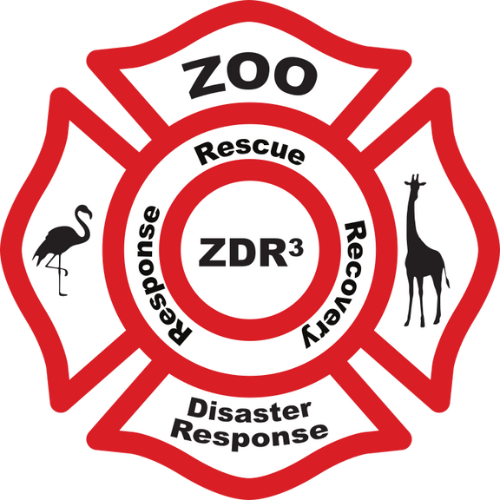Lessons Learned from a Tsunami Threat
The recent tsunami that menaced the entire West Coast could have been an unimaginable disaster, due to both the potential widespread flooding and the fact that it would have happened in the middle of the night. We were reminded that the horrifying results of the July flooding in Texas were likely exacerbated by its pre-dawn ferocity.
Every disaster offers the ZDR3 staff new information to consider. Most important: discovering gaps in our members’ planning, which allows us to help them flesh out their preparedness.
Contingency planning challenges you to consider the myriad ways in which disasters can impact your animals, staff, and facility. Most planning assumes daytime activities. But what if your facility experiences a crisis after hours?
Which staff would you call in?
Have you developed relationships with nearby facilities that might be able to temporarily house your animals?
Do you have phone numbers for off-hours calls to round up transport and housing assistance?
If the power is out, will existing auxiliary power sources provide you lighting where you’ll need it?
Do you have more than one potential route to safely move your animals? Roads may be clogged with cars and trucks during a mass, regional evacuation.
One ZDR3 Network member that contacted us was in a potential tsunami strike zone. We were relieved they did not experience any damage, but the call led to a conversation about their contingency plan. “We are now working with them on enhancing their contingency plan to take into account some of these variables so that they are more prepared in the future,” says ZDR3 Executive Director Julia Wilder. “We would encourage everybody to do the same, even with low probability events in their region. The reality is, low probability/high consequence events must be factored into your planning.”
How ZDR3 Monitors Potential Disasters Around the Clock
The ZDR3 staff often monitors pending disasters in shifts to ensure everyone is rested for a potential response.
ZDR3 runs a virtual Emergency Operations Center (EOC) that can be activated at any time. Our Operations Manager, Cari Wittenborn, is the team member primarily responsible for monitoring events. On the evening of August 3rd, she spotted news about a major earthquake in Russia, and that—in addition to Russia and Japan—there was a tsunami watch for the entire West Coast of the US and its territory, Guam.
ZDR3 maintains a database of USDA regulated zoological facilities, including those that are not currently ZDR3 members. Cari compared tsunami maps with the locations of facilities in the potential strike zones to determine which might be in danger. She monitored 20 sites for 8 hours, periodically conferring with other team members, knowing that if she saw a potential issue she needed to push it up the chain of command. Reach outs were conducted to potentially impacted ZDR3 Network facilities to let them know we were monitoring the threat and to remind them of how best to contact ZDR3.
The communication trail Cari maintained was critical for the monitoring handover she did in the early hours of the next morning, when Julia took over. “I was able to review all that was discussed by the rest of the team while I slept,” Julia comments. “We take shifts for monitoring to ensure we aren’t all sleep deprived in case we need to coordinate a response.” Fortunately, the tsunami did not damage any US zoological facilities.
What We Learned
We learn something new from every disaster we monitor, and every response we coordinate. In this case, we felt our monitoring procedure worked exactly as we needed it to. Since this was the first tsunami to threaten the US since ZDR3 was formed, Cari identified and implemented enhanced means of monitoring a Pacific tsunami threat.
Download this flyer on the ZDR3 website and keep it with your contingency plan.
Equally important, we learned from an email that was sent to a ZDR3 team member in the middle of the night that we need to be even more proactive about ensuring that every network facility member knows how to contact us in an emergency, day or night. You can find a link to that information when you click on “Contact Us” on the ZDR3 website, as well as on the home page (scroll down to see it). We also suggest you download our emergency contact information flyer and keep it with your contingency planning documents. We recommend noting that these are our 24-hour points of contact (not all email addresses and phone numbers for ZDR3 are monitored round the clock.)
How You Can Help Us Help You
When you join the ZDR3 Network, you receive a questionnaire that offers us critical information about your facility—including contact numbers for your leadership. If you haven’t filled that out, or wonder if you need to update the information about your facility, please email admin@zdr3.org and our Administration Manager, Melanie Messer, will be happy to work with you.
We are Stronger Together.




